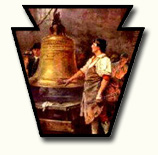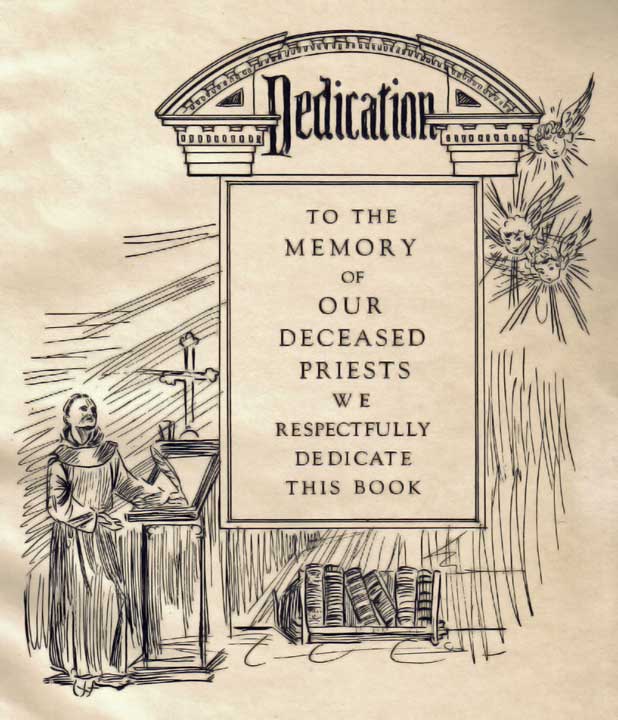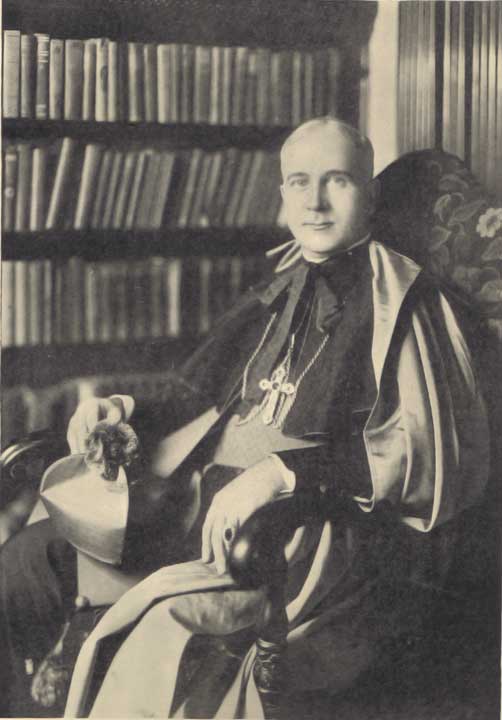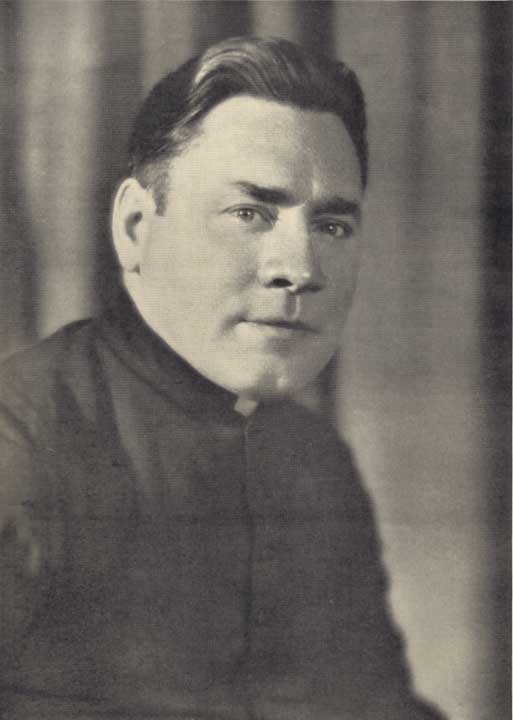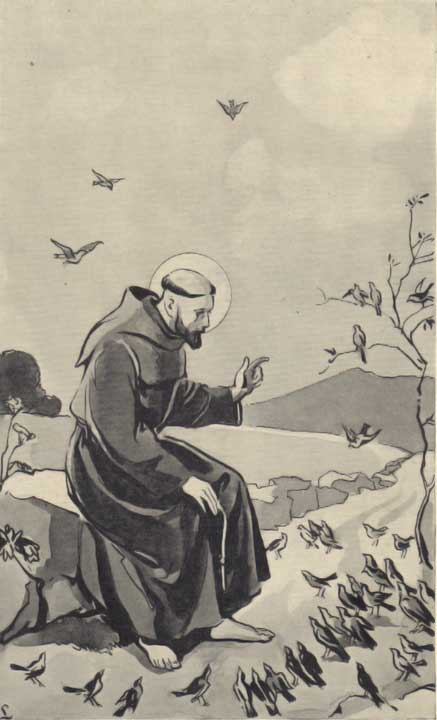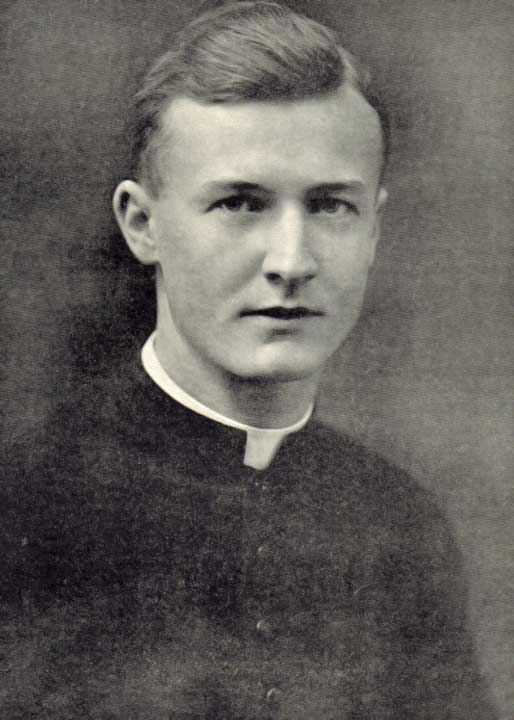|
VIII
HISTORY OF ST. FRANCIS PARISH
the same time, but not on the Locust Street lot. It stood on the site
for years occupied by Dr. Burchfield's residence on Second Street. This jail was
built of logs one story in height, and served the required purpose until the
stone jail was built in the rear of the courthouse on Market Street, about 1841-
In 1810 the town had a population of about
twenty inhabitants and received no considerable increase up to 1822. In the year
1836 the town had only about three hundred population.
In 1822 there were three taverns within the
town limits of Clearfield. From the best information obtainable Robert Collins
commenced keeping a public house about the year 1817, soon after the completion
of the courthouse. Collins made an addition to his house, part frame and part
brick, and there entertained the traveler at what was for many years known as
Collins' Hotel.
When the town had acquired a population
sufficiently great to warrant the establishment of a post-office, Thomas
Hemphill, proprietor of a hotel on Market Street, was appointed postmaster.
The first election of borough officers was
held at the prothonotary's office on Monday, January 1, 1841, at which the
following officers were elected: Burgess, Dr. Henry Loraine; town council,
William Big-ler, James Alexander, William Merrill, George R. Barrett, and Robert
Wallace; town constable, Joseph Schnell; overseers of the poor, Thomas Hemphill
and Alexander Irvin.
The outstanding contribution of Clearfield to
the political life of the state was William Bigler who was elected governor in
1851.
The chief occupations of the people of
Clearfield until about fifty years ago were lumbering and farming. There were a
few mines being operated, but only on a small scale. The greatest of these
industries was lumbering. The lumber was cut in the winter time, hauled over the
snow to the river banks and floated down to the mills on the spring flood.
Farming occupied the men's time during the summer, as food had to be supplied
for the families and for the stock. The mills for manufacturing flour and for
sawing the logs were operated by water power.
Today Clearfield offers a wide and varied
field of manufactures to anyone wishing employment. The largest silk mill and
one of the largest Refrigerator Works in the state are located here. A million
dollar sewer pipe plant is in constant operation. There are four large brick
plants here. These plants demand large quantities of coal and clay and are
supplied with them from the mines in the surrounding hills. |
